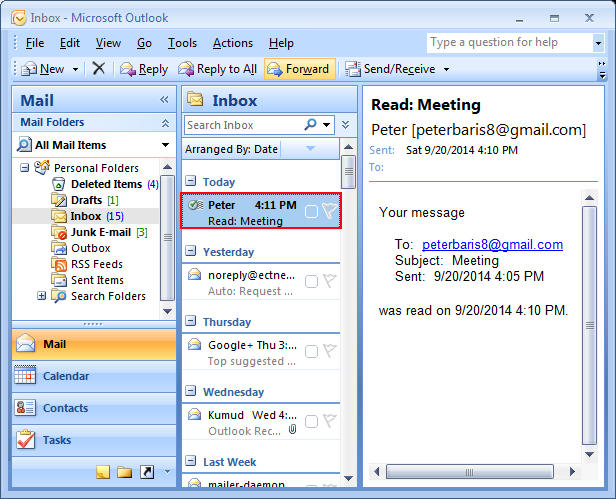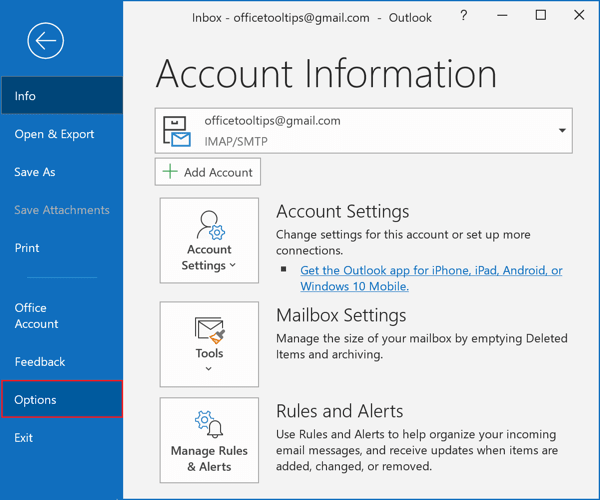

My plan was to wait for the deleted items to purge from the database itself overnight and then schedule a time to move what was now a much smaller mailbox.Ī relevant bit of information at this point is that all of the email I deleted from the mailbox, and then emptied from the Deleted Items, was actually unread email. When I had deleted everything up to the cut off date I’d agreed to with the mailbox owner I went ahead and simply emptied the Deleted Items of the secondary mailbox. It may be that Outlook behaves inconsistently in this situation, or that one test was different in some way that I can’t recall now.Īs I said earlier I deleted around 2 years worth of unwanted email from the mailbox, in blocks of about 10,000 messages. I say “often” because in at least one test the mail went to the Deleted Items of the primary mailbox, but in every other test it went to the secondary mailbox. However when you delete an email from a secondary mailbox via an Advanced Find dialog, it often goes into the Deleted Items of the secondary mailbox. When you delete an email from a secondary mailbox it often gets moved to your own mailbox’s Deleted Items. It is important to note at this stage that I was using Advanced Find to search the secondary mailbox.Īfter doing a search based on received date (ie, I started with the oldest mail and worked my way forward month by month) I would then select all the email that appeared in the results and delete them.

So over the course of about two days in between other daily tasks I performed Outlook searches based on date ranges, and deleted the items in blocks of about 10,000 messages at a time. I had decided to use Outlook in a Citrix desktop because I expected it to hang for long periods of time as it enumerated or deleted the thousands of items I would be handling, and wanted to keep using Outlook on my laptop as normal. I logged into a Citrix desktop, launched Outlook, and added the mailbox as a secondary mailbox. I considered using the Exchange 2007 Export-Mailbox cmdlet for this task, but decided to just use Outlook instead since I was already planning to use Outlook to take a look at some of the items before I deleted them. So my next task was to delete the email content that was no longer needed. Side Note – keep an eye on your “large mailboxes” reports and you’ll often find these generic mailboxes that get set up as a place to catch copies of email “just in case” it is needed some time in the future. We agreed to delete everything older than 6 months, just to be safe.

So more than 2 years and 300,000 items in there were not required. So I tracked down an owner of the mailbox to discuss options for removing some of the older items.Īs it turns out they didn’t really need to keep any of the items in that mailbox that were older than about 30 days. The mailbox was too large to move without risking filling up the transaction log volume on the destination server. The scenario begins with a mailbox migration project, in which I encountered a very large mailbox. In this article I want to share one such example that happened to me under a specific set of conditions.
How to request read receipt in outlook 365 how to#
I often share real world examples of problems or scenarios that you might encounter with Microsoft Exchange Server, and how to avoid or resolve them.


 0 kommentar(er)
0 kommentar(er)
